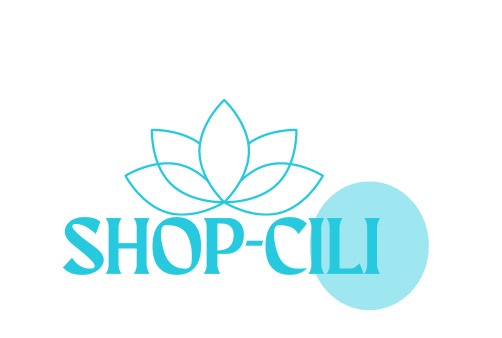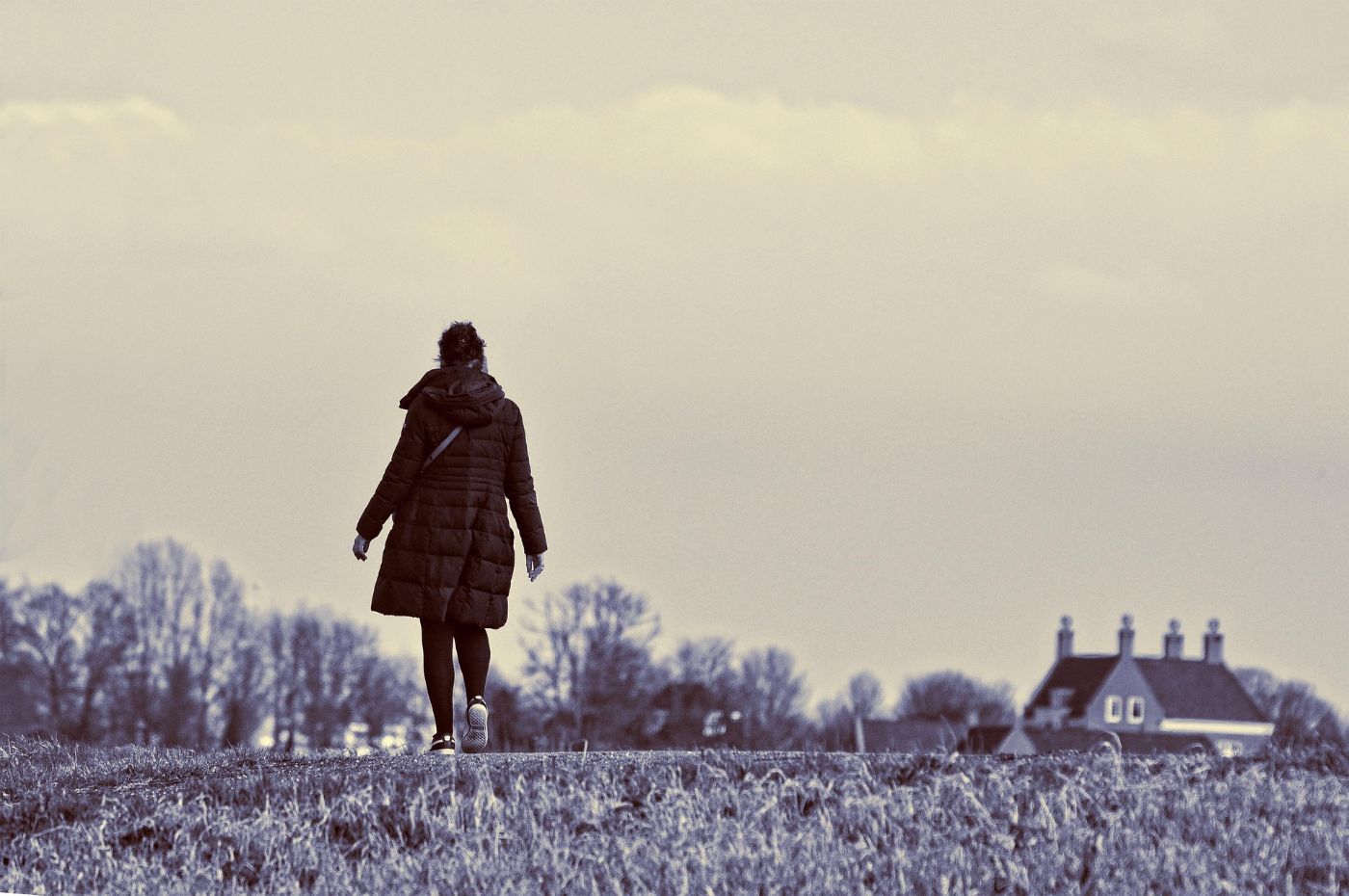A contemplative reflection on the quiet kind of burnout that rest alone can’t heal—and how real recovery begins with reconnection.
It’s not dramatic
There’s no breakdown. No sobbing on the kitchen floor. No missed deadlines or frantic emails.
Instead, it’s this:
You wake up after eight hours of sleep, and you’re still tired. You take a walk, you meditate, you light a candle. Still, something feels heavy—like you’re dragging your soul through the day instead of walking with it.
That’s the quiet burnout. The one no one talks about.
And more importantly, the one rest doesn’t fix.
The burnout that pretends to be fine
At first, I didn’t recognize it.
I wasn’t overwhelmed. I wasn’t even overworked. I had time to rest. I’d stepped away from the kind of fast-paced, draining work environments people warn you about.
On paper, I was doing everything right.
But emotionally, I was absent. Numb. Detached. I could smile and function, but everything felt muted—like life was being lived behind frosted glass.
And that’s when I realized: Burnout isn’t always loud.
Sometimes, it’s quiet. Sometimes, it looks like stillness, but it’s actually stuckness.
Why rest doesn’t always work
We’re taught to see rest as a cure.
Feeling off? Take a break. Book a vacation. Sleep more. Meditate.
But what if the exhaustion isn’t physical? What if it’s existential?
What if you’re tired not from doing too much, but from doing the wrong things—things that don’t align, don’t nourish, don’t mean anything anymore?
That’s when I began to understand:
Rest doesn’t heal misalignment. Presence does.
The real cause: disconnection
This quiet burnout wasn’t caused by exhaustion.
It was caused by disconnection.
Disconnection from my creativity.
Disconnection from purpose.
Disconnection from the parts of me I’d quietly edited out to become “professional,” “efficient,” “reliable.”
Even my rest had become performative. I wasn’t truly resting—I was managing fatigue. I was trying to fix my energy, instead of asking what was draining it in the first place.
What helped: reconnection
It wasn’t a sabbatical. It wasn’t a new planner. It wasn’t a productivity hack.
It was truth.
Honest, unfiltered check-ins with myself.
I asked:
- What part of me is being silenced in my current life?
- What brings me peace—not just relief?
- Where do I still feel like me?
And slowly, I allowed those answers to reshape my days. I gave myself permission to follow curiosity over certainty, creativity over output, alignment over applause.
It wasn’t easy. But it was real.
5 signs of quiet burnout
Here are five signs that you may be experiencing quiet burnout:
- You sleep enough but still wake up drained.
- You feel emotionally flat—not sad, but not joyful either.
- You’re doing less, but still feel overwhelmed.
- You’ve lost interest in things that used to excite you.
- You often think, “I should be OK … so why don’t I feel OK?”
If any of this resonates, know this:
It’s not laziness. It’s not failure. It’s not you being “too sensitive.”
It’s your system signalling that something needs to be realigned—not just rested.
What recovery really looks like
Real recovery isn’t always about doing less.
Sometimes, it’s about doing more of what’s true.
More expression. More creativity. More silence. More honesty.
Less pretending. Less pleasing. Less pushing through.
Because at the heart of quiet burnout is the ache of losing yourself in the pursuit of being “fine.”
To recover is to return—not just to energy, but to identity.
Not just to action, but to aliveness.
Listen deeply to yourself
Burnout isn’t always about how much we’re doing.
Sometimes it’s about what we’re not allowing ourselves to feel, create or say.
So if you’re exhausted and rest isn’t helping, try listening more deeply to yourself.
Ask:
- What part of me have I quieted for too long?
- What would feel like coming home—not just recovering?
That’s where healing begins.
Not in doing less, but in living more truthfully.
«RELATED READ» THE HIDDEN TOLL OF CAREGIVING: A mindful approach to psychological well-being»
image: MabelAmber

